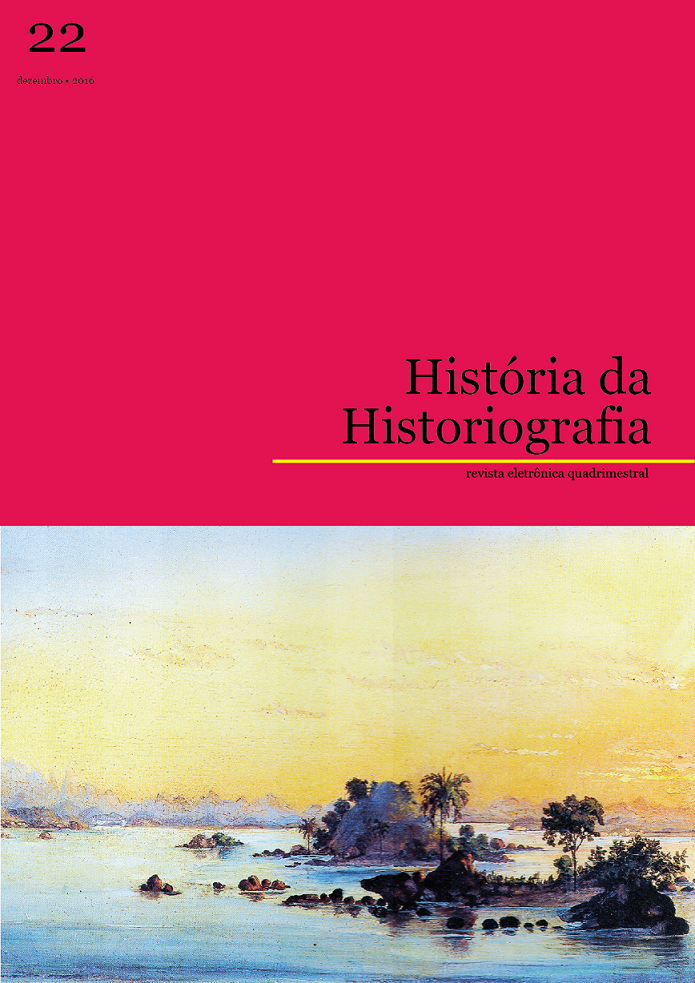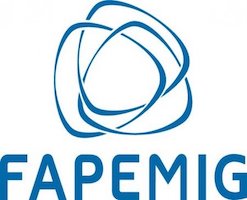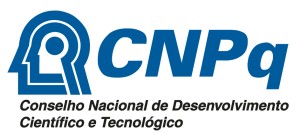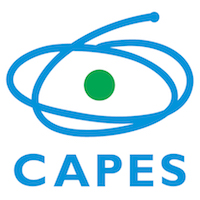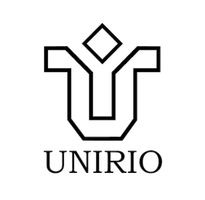Molding the body of Brazil: Jaime Cortesão, Rodrigo Octávio, the representation of Gusmão and the metagame in the Rio de la Plata region
DOI:
https://doi.org/10.15848/hh.v0i22.1154Keywords:
Jaime Cortesão, History of historiography, RepresentationAbstract
The representation of Alexandre Gusmão was sedimented by Jaime Cortesão in 1956 in the counterpoint of the visions based on the writings of Rodrigo Octávio and, with this, it produced a representation of the politician which stood against the Brazilian alignment with the United States. This fabrication was also inserted in the political and historiographical metagame of the Rio de la Plata region, and it was placed against part of the Argentine historiography. In addition, Cortesão was incorporated into the project of autonomy and professionalization of the diplomatic corporation, centered in the IRB, aiming at inscribing the role of diplomat in the formation of Brazilian space and identity. The creation of the IRB also facilitated the autonomy of the MRE in relation to a shared historical project with the IHGB. In this case, the dissemination of the production of the IRB was stimulated by the prescriptions left by the ‘Comissão Revisora dos textos de História e Geografia’. By articulating all these historiographical and political metagames in the same perspective, Jaime Cortesão leads his analyst to consider theoretical and methodological tools that allow his analysis. I understand that this goes beyond certain usual considerations around the terms 'Who and how history is made', leading to having to inquire about the theoretical inputs that served Michel de Certeau, so that we could think about the issues of representation and the place Of the historian in relation to the writing of history.Downloads
Downloads
Published
How to Cite
Issue
Section
License
Authors hold the copyrights to the manuscripts submitted. História da Historiografia: International Journal for Theory and History of Historiography is authorized to publish the aforementioned text. Authors are solely responsible for data, concepts and opinions presented in the papers, along with the accuracy of document and bibliographical references.

This work is licensed under a Creative Commons Attribution 4.0 International License.

